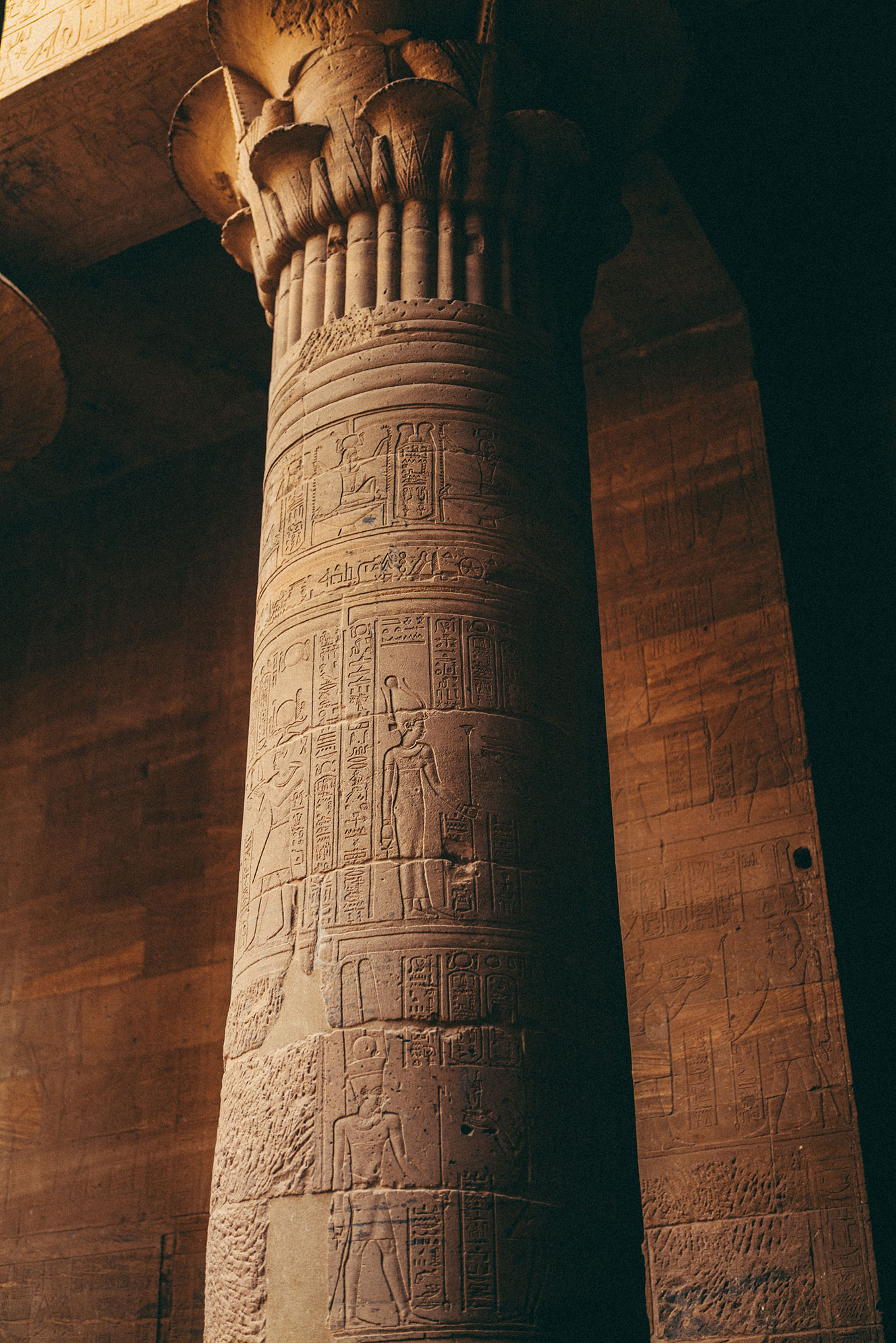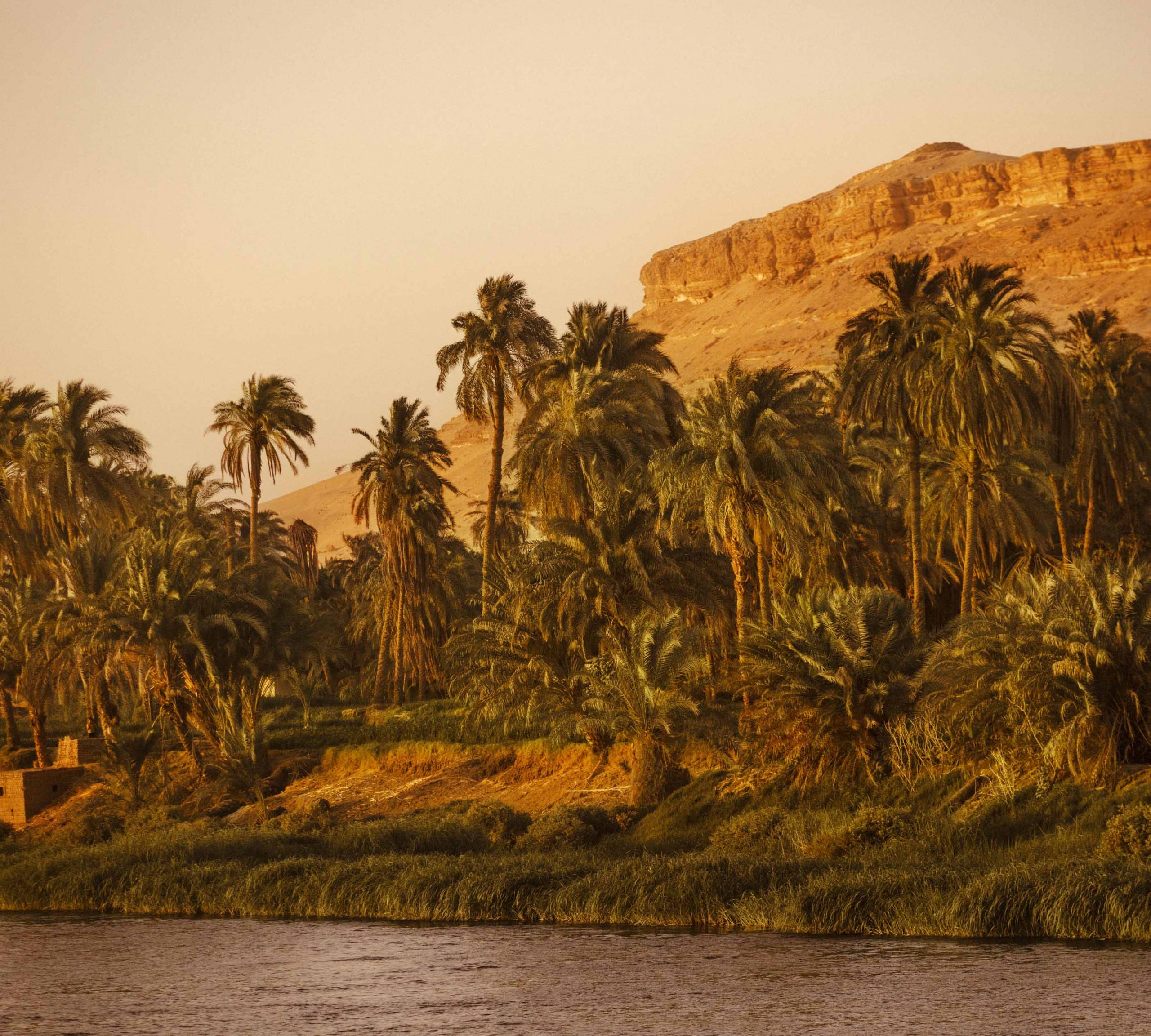The Nile, such a peaceful river
BY ROBERT SOLÉ
Egypt is a desert, bisected by a majestic river that transforms it into a garden. Poets and painters struggle for words to describe the Nile, as broad as an ocean, which the farmers call “El-bahr” (the sea). On occasion, it resembles a torrent of silt, a river of earth. At other times, it gleams with rose-pink, pearly grey, or countless shades of blue. Then, as twilight falls, it is aflame with the colours of the sky, and “instead of water, flows with fire”, as a dazzled traveller described it in the middle of the 19th century.
The Nile is borne in the humid tropics and ends in Egypt after a turbulent course. At this final stage, it is no more than a tranquil waterway that meanders lazily northwards, eventually dividing into two arms that flow into the Mediterranean. But it has not always been like this. Before it was dammed, it was inconstant and unpredictable.
Sometimes too high, sometimes too low, it caused fearsome floods and catastrophic droughts. For thousands of years, people’s lives were governed by the rhythms of its annual floods, which erased frontiers and gave the country its unity. The Nile is prolonged by the innumerable canals it feeds, as if it flowed through the veins of the Egyptians, in a way shaping their character. Faced with a capricious benefactor who had to be placated, obliged to close ranks in order to tame it, they became a nation, as the writer Emil Ludwig affirmed in 1936. The river, he concluded, had made them “pious, social and traditionalist”. This is still true, despite the tumultuous changes that have occurred over the past century.
It’s impossible to imagine the Nile without the feluccas that have criss-crossed the river from time immemorial, laden with passengers, chickens, sheep or sacks of corn. They drift passively with the current or, splashed with sunshine and with swollen sails, beat valiantly upstream. When the wind dies, they dawdle, with typically Egyptian resignation. Nothing could be more touching than their near-immobility in the middle of the river.
Credits
© Matthieu Salvaing © Sébastien Zanella



